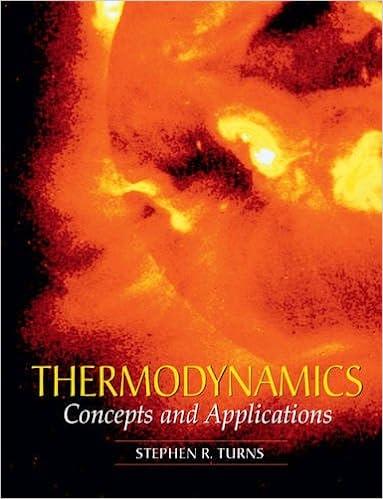Question
The composition of air in this question may be taken as 79% Nitrogen and 21% Oxygen. a) Petrol can be approximated as having the chemical
The composition of air in this question may be taken as 79% Nitrogen and 21% Oxygen.
a) Petrol can be approximated as having the chemical formula of C8H18. Derive the chemical equation for this idealised version of petrol burning in a stoichiometric quantity of pure oxygen and calculate the adiabatic flame temperature rise (11 marks)
b) In practice petrol is burnt in air rather than pure oxygen. Derive the chemical equation for this idealised version of petrol burning in a stoichiometric quantity of air and explain the advantages and disadvantages of burning a C8H18 with excess air (i.e. lean) (9 marks)
c) Derive the chemical equation for burning C8H18 with pure 10% excess air and explain the difficulties in designing a combustor burning a lean pre-mixed mixture of fuel and air and how these can be overcome.(10 marks)


Step by Step Solution
There are 3 Steps involved in it
Step: 1

Get Instant Access to Expert-Tailored Solutions
See step-by-step solutions with expert insights and AI powered tools for academic success
Step: 2

Step: 3

Ace Your Homework with AI
Get the answers you need in no time with our AI-driven, step-by-step assistance
Get Started


